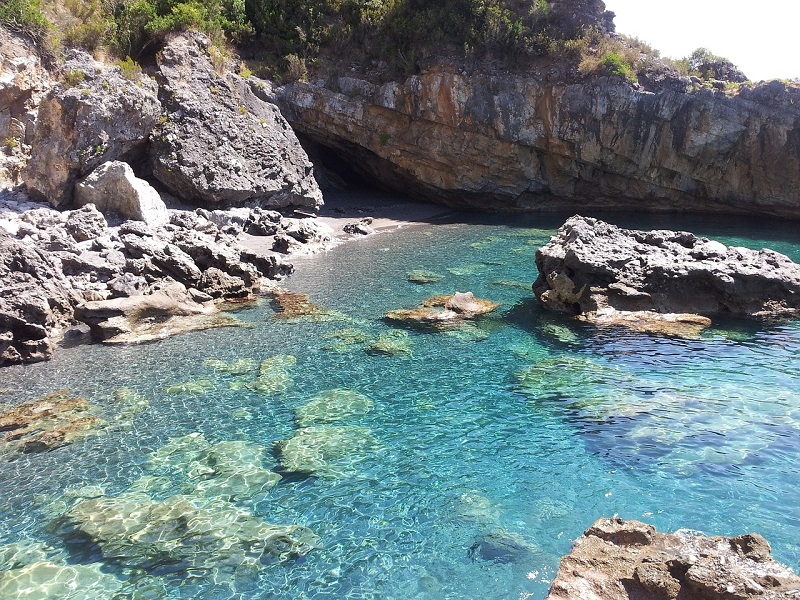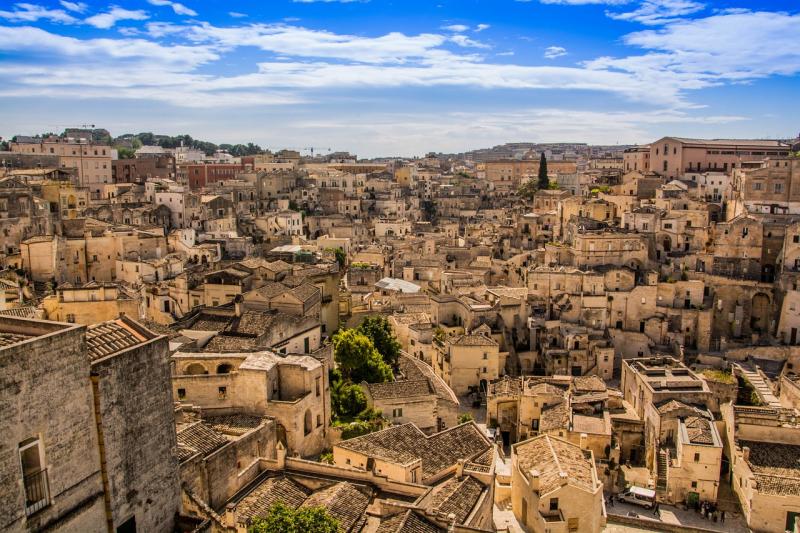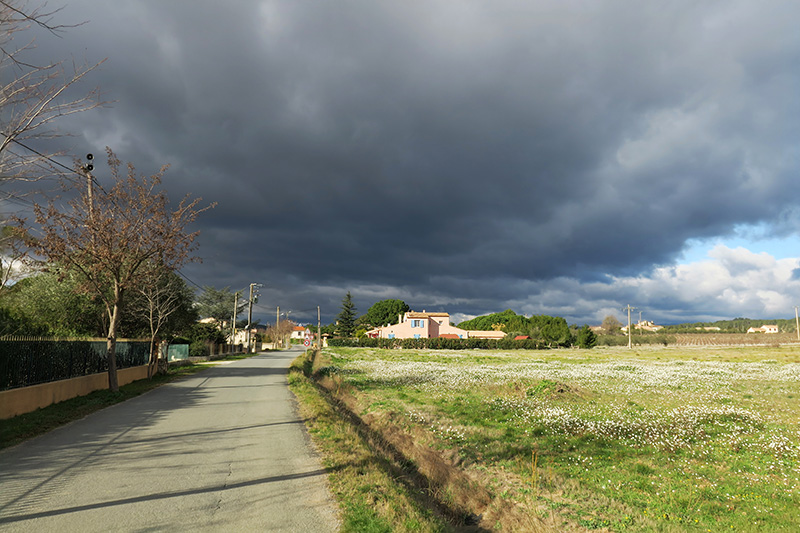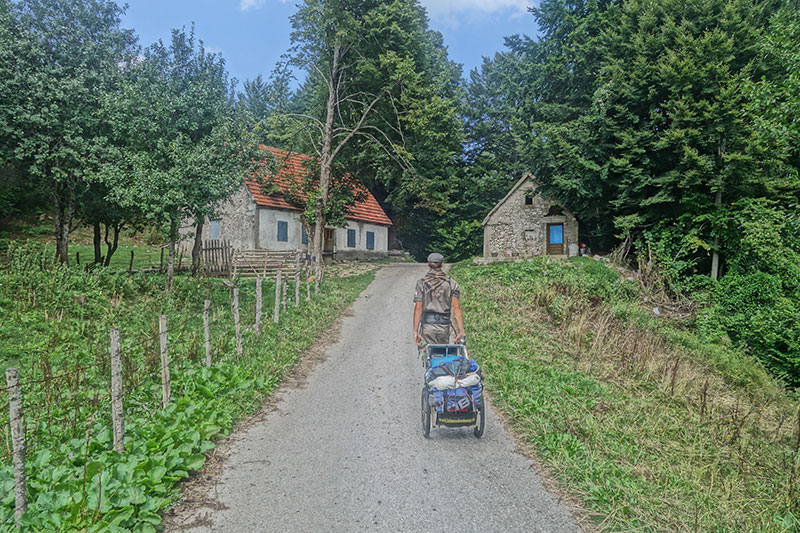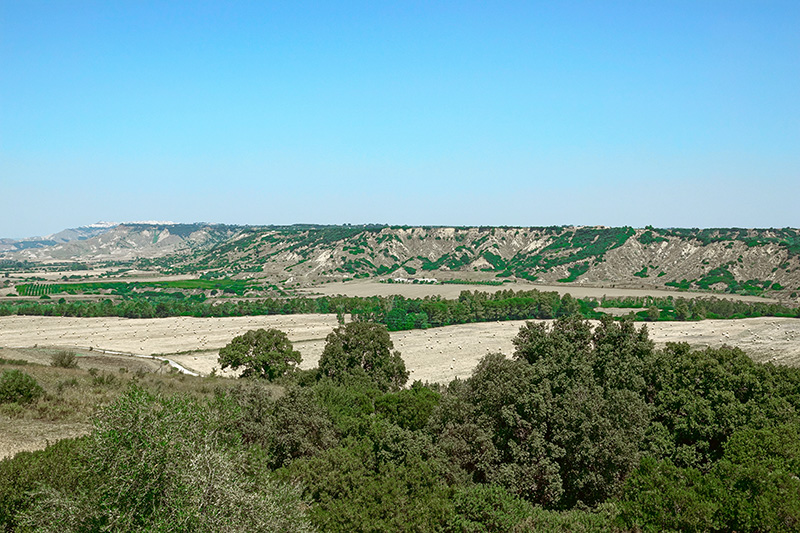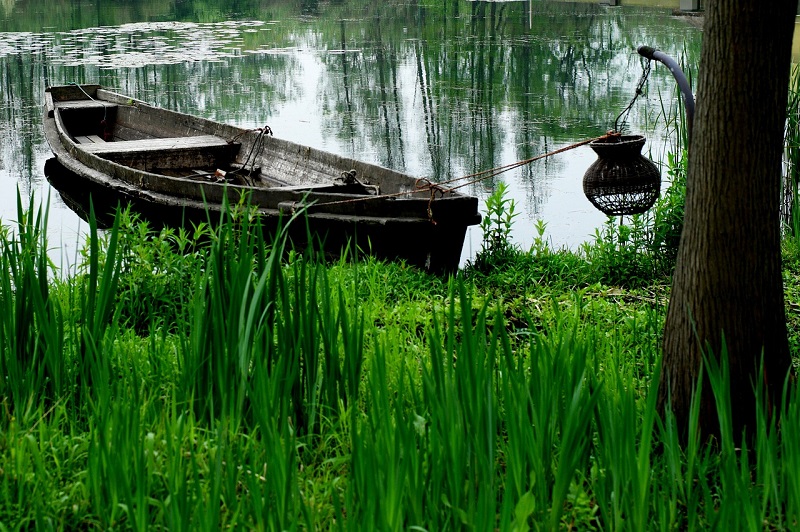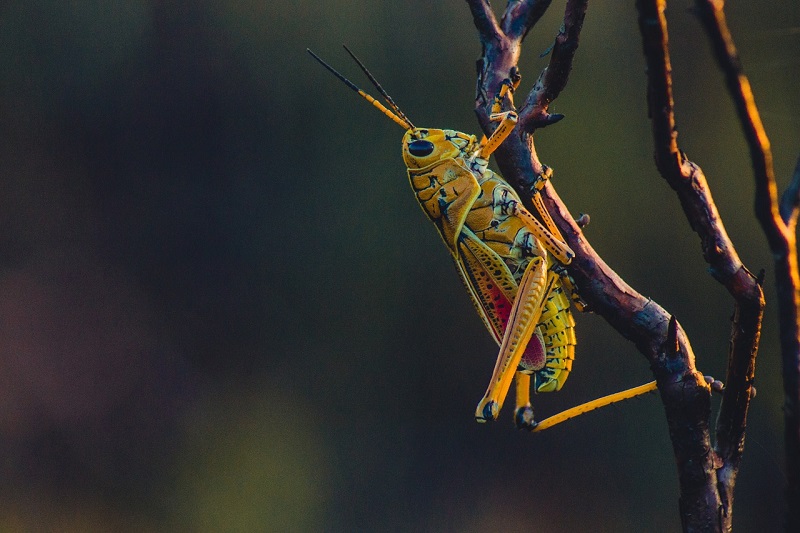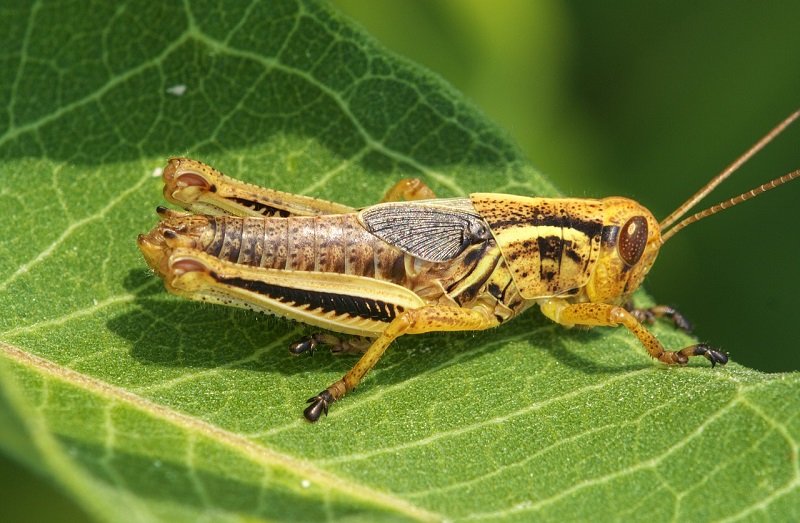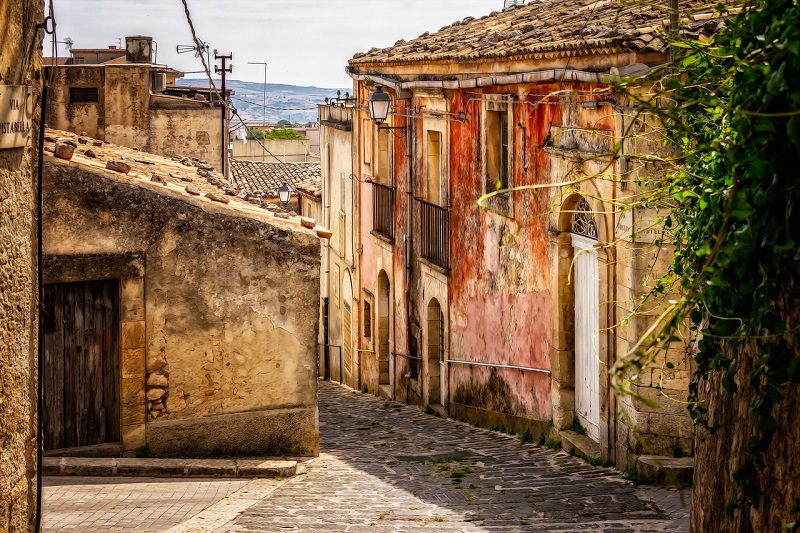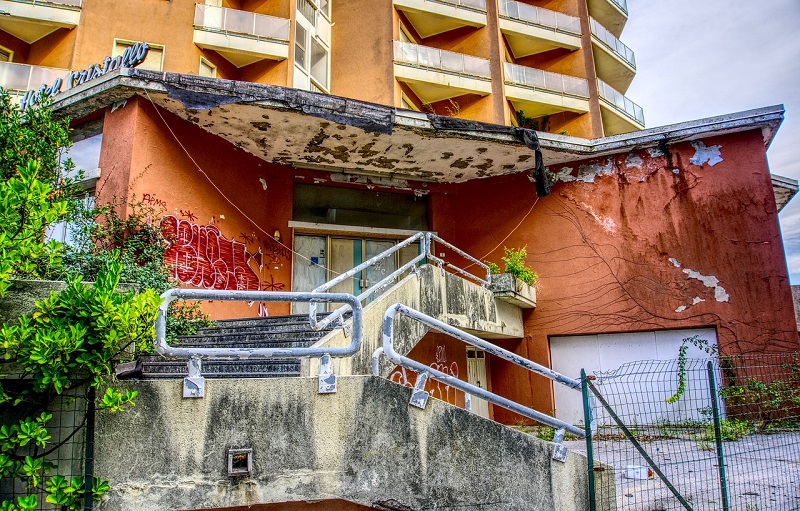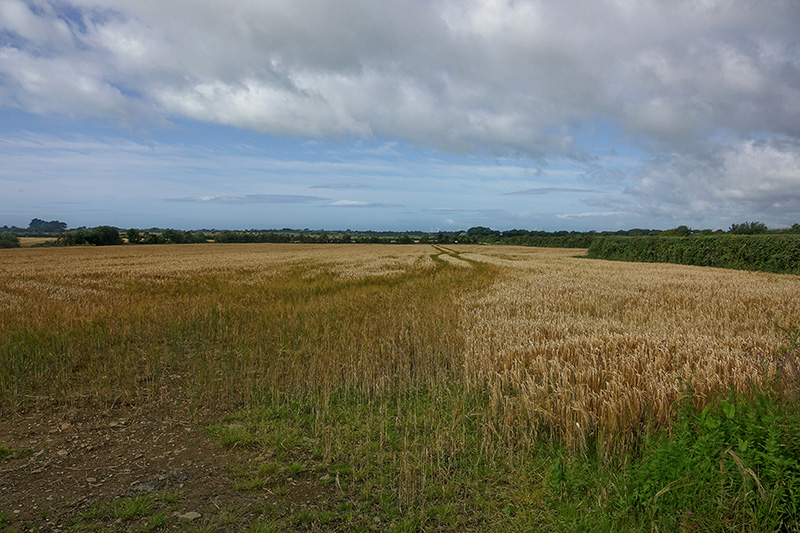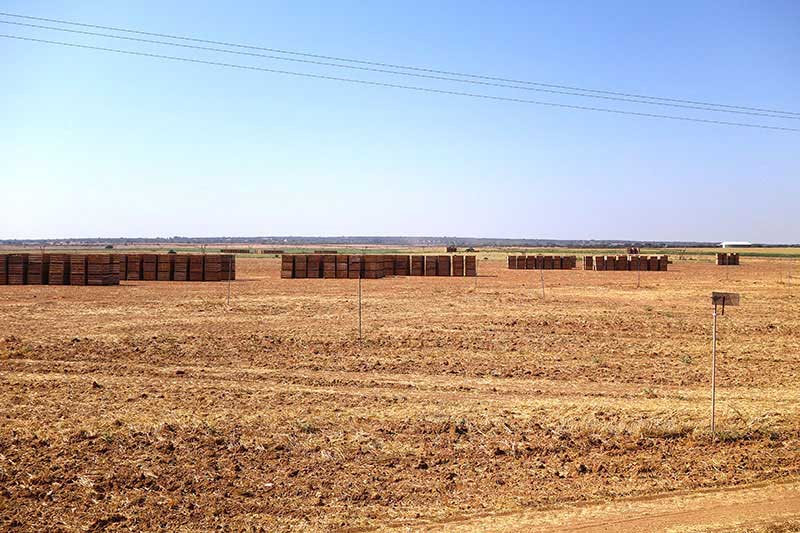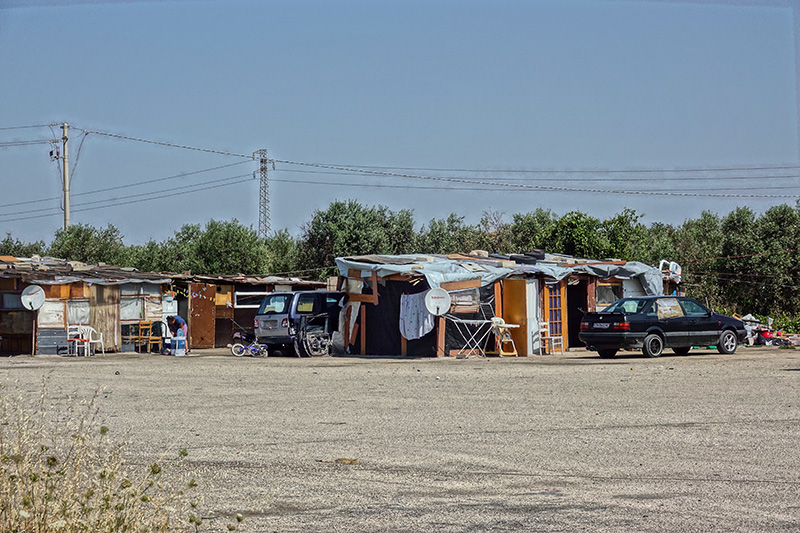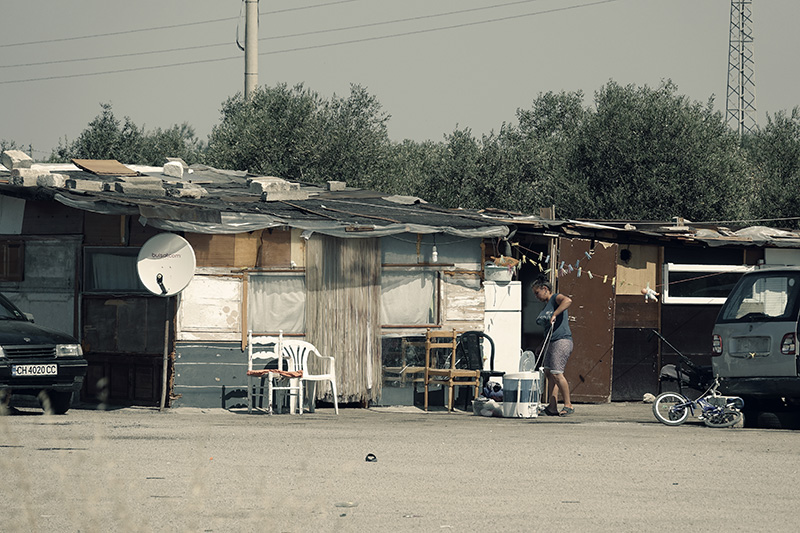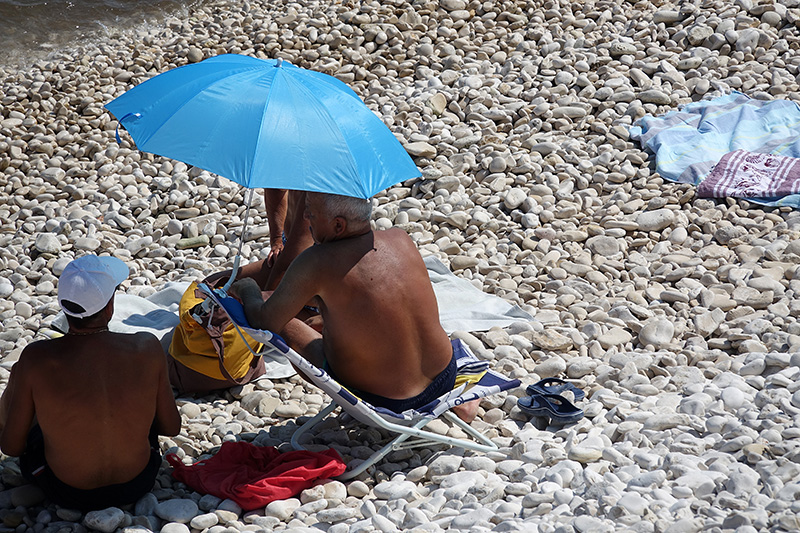Basilicata - Places of interest, tips and travel guide
Since a few days we are already walking through the region of Basilicata, or Basilicata as it is written in Italian. Especially as hikers it presents us with completely new challenges, because this is the poorest region of the country. In this article we will tell you why it is still worth seeing and what you should keep in mind when visiting it.
Data and facts about Basilicata
First, a few key data about the region, which with its 9,995km² is about half the size of Schleswig-Holstein. Officially about 577,000 inhabitants live here, of which only 2.6% are said to be foreigners. Why this is probably not true, we will tell you below. Theoretically, Basilicate would have only about 60 inhabitants per square kilometer, 20 less than France.
However, as these are spread over only a few populated areas and, above all, few roads, they are perceived as being much more conscious and intense than in many other places in Europe. Potenza is both the largest city in the region and the capital, with a population of around 67,000. But we can only say a little about this, as the city is located in the mountains and during our hiking tour we concentrated on the east coast. But by far the most famous and most beautiful city of the region is Matera, that is mainly known for its historical cave buildings.
Hiking in Basilicata
Unlike Apulia, which is mainly made up of a large flat plain, the flat part of Basilicata is only 8%. The rest of the country consists of about half hilly land and half mountainous land. The last time we were here three years ago, we decided to walk through the hills. This meant that every day we had to go down about 200 meters of altitude and then climb up again.
Because as it is typical for Italy, also here, nearly all cities and villages were built on the tops or at least on the upper steep slopes of the mountains and hills. From a distance, this looks quite rustic, but it is not very practical, especially for hikers. Now in summer temperatures of up to 43°C in the shade can be found here. At least theoretically, because practically there is almost no shade anywhere. Thus, several hundreds of height metres would be fatal, this is why this time we chose the path alongside the sea.
A labyrinth of streets and rivers
But as it turned out, Basilicata also differs very much from the regions we have passed through so far in terms of the possibilities for the route. It is simply impossible to simply walk along the sea, as there are no continuous roads. Again and again, rivers or dried up riverbeds stretch from the interior to the sea and cut off the way. Unfortunately, bridges over these rivers have been built almost exclusively for the motorway and the train line, while cyclists and pedestrians have seen that. This leads to the fact that for each daily stage one is nearly twice as far on the way as the actual distance between two places. Although the entire coastline of Basilicata is only 50 km long, we now spend almost as much time in Basilicata as we did before in the much larger Puglia.
Also in many other places there is no possibility to avoid the main roads, so that one often has to walk in the middle of the traffic. This also leads to the fact that, at least as a hiker, one can rarely imagine that the population density here in Basilicata is only about a quarter of that of the rest of Italy. But as soon as one gets only a little piece away from the main routes, the world looks completely different again. Now one really has the feeling to be mostly alone in this country. And this is exactly what makes Basilicata so beautiful. The circumstance that there are indeed still lonely beaches, paths and mountain routes where one can still have to a large extent his peace.
Destruction of nature to the extreme
We deliberately write "largely" here, because there is no real, peaceful atmosphere here in Basilicata any more than we can find it elsewhere in Italy. At least not in summer. Unfortunately, the Italians have done a great job here in their recent history and have destroyed almost all of their nature. At least that's what we are told by various locals. We ourselves can only take a snapshot, but especially many of the older ones have experienced Italy in a completely different way. Once it must have been lush green and idyllic, but today Basilicata is a dry, sparsely wooded region that reminds us more of the African steppe than of a European holiday paradise. But not only the fertile soil was eroded by this, but also a new insect population consisting of millions of chirps and crickets has formed.
Nature as noise nuisance
This plague of locusts, which here has taken on almost biblical proportions, has become a real problem over time. Not because, as in the story of sins, it eats everything it encounters bare, but because the insects, with their combined forces, produce a constant chirping sound of over 60dB. So they are louder than a normal conversation and about as loud as the atmosphere on a market place. They start their monotonous song in spring and end in autumn. In some places they stop as soon as night falls, in others they chirp 24 hours a day.
The nasty thing is that they prefer to be in trees, i.e. always where it would actually be nice in itself. In the olive groves, in parks in small woods in Allen, in green strips next to the beach promenade and in the gardens of private houses and hotels. This is something that one should absolutely pay attention to if one books a summer holiday in southern Italy and therewith also in Basilicata. Otherwise it easily happens that one spends a lot of money for a beautiful hotel but cannot close one's eyes during the whole holiday and thinks the whole day only about escape.
The poorest region of Italy
That Basilicata is the poorest region of Italy was not necessarily told to us beforehand. You only need a few impressions to realize it yourself. As I said, there are beautiful corners with lonely beaches and there are also some fascinating old towns worth seeing. But the predominant part of the inhabited area consists on run-down prefabricated buildings and residential bunker complexes that rather remind on Brazil or Russia than on Italy. Colour seems to be an absolute foreign word to most of them concerning houses.
Rust and flaking plaster on the other hand do not. Even many hotels look run-down and do not give one a very good feeling if one should spend here more than a few hours. Accordingly, the share of foreign tourists is also very low. It is only 14%, while 86% of the approximately 533.000 annual holiday bookings come from Italy itself. It is mainly inhabitants of the interior who want to go to the coast during the summer holidays. Nevertheless, it is estimated that there are almost 2 million overnight stays per year. This sounds like a lot, but it is approximately what one accommodates in Venice in a bad month.
Agriculture with dubious methods
This brings us now to probably the darkest section about the small, hot federal state. The economic situation here is generally considered to be rather backward, as there is little industry, but all the more agriculture. Whether this is really a disadvantage in terms of persé is something we can certainly argue about. But it is a fact that the way our food is planted here is not good for almost anybody. On the one hand, Basilicata owes it to its agriculture that so much of its original nature is now destroyed and devastated.
But that is not all. Because agriculture here consists mainly of growing fruit and vegetables. These are products that cannot simply be harvested with a combine harvester or other full harvesting machines. It can only be done by the good old manual labour. And of course that would be too expensive today to keep up with highly industrialised agriculture. Unless, of course, you could find a way to use human labour without having to spend a lot of money on it.
Modern slave labour in the fields
Wait a minute! They already exist! It's been used since ancient times and even then it was used right here on this very spot!
Exactly, we are talking about slave labor, which has changed very little since the Roman Empire, but definitely hasn't improved. Three years ago we experienced it already during our crossing from Greece to Brindisi. At that time, the guest workers still came mainly from Romania, Albania, Serbia, Bulgaria and Macedonia. Today, however, it is mainly black Africans who visit us almost always and everywhere. Most of them are illegal immigrants or refugees who earn their living in the fields for a few euros a day. They are crammed together in special apartment blocks where they usually do not even have water and electricity.
life on the edge
A few days ago we had an intensive experience ourselves in a place where the majority of the workers were African slave laborers. The priest wanted to offer us a place there, which Caritas actually provided for the workers as a recreation room, for showering and for charging their mobile phones. We declined the offer, as we did not want to take anything from anyone, but we learned a lot about the situation of the workers. If Caritas did not exist in a place or did not provide offers, they had to resort to state or private help. And both also demanded money from the workers for the use of showers and electricity connections. The very money that they had earned under inhumane conditions in scorching heat and for more than 12 hours in a row.
Sometimes they were taken out into the fields in the middle of the night to continue working in the dark. Or they had to walk along the main roads in complete darkness without lamps, all the way to their barracks when they finished work late. The fact that there are always conflicts here and that neither the locals nor the workers feel safe is probably obvious.
The beaches in Basilicata
But also the beaches and the tourism are an important part of Basilicata and of course we don't want to deprive you of them. As far as the beaches are concerned, we can now slowly say that the Italians simply love to lie close to the sea and put up their umbrellas. It is not a consequence of mass tourism but rather a kind of fetish of the locals. Just as they love to build their houses as close to each other as possible or to cram themselves into small apartments, although their country would also offer space for decent living situations. In the south of Basilicata, for example, there are mostly stone and pebble beaches, but this doesn't stop anyone from turning them into sunbathing meadows. However, as soon as you get a little further away from the towns near the sea, you will have the beaches largely to yourself.
Basilicata Capital of Culture Matera
However, the most remarkable place in Basilicata is Matera. The city is located in the north of the region, directly on the border with Puglia and was once a cave settlement. Here the original inhabitants did not build their dwellings, but carved them directly into the rocks. Later on a town was built around these cave dwellings, which also has some architecture worth seeing. The caves themselves are uninhabited today, but they are home to muses and other public institutions, so that you can visit and see them. What one should definitely also do.
Worth knowing about Matera:
[amazon box="3831732221" title="Reise Know-How Reiseführer Basilikata mit Matera " description="Der Reiseführer für Basilikata mit Matera von Reise Know-How – umfassend, engagiert und aktuell" ]
[amazon box="3749452458" title="Matera, die Basilicata und ich" description="Ein Begleiter für Reisende auf dem Weg in das mystische Herz Süditaliens: eine Sammlung von Texten und oftmals unerwarteten Gedanken eines in der Schweiz geborenen und aufgewachsenen Sohnes Lukaniens." ]Basilicata Sights and Destinations
Here once again the most important destinations and sights of Basilicata at a glance:
1. Sassi di Matera
These are the already mentioned famous cave dwellings of Matera. They are among the oldest dwellings in Europe and, according to archaeologists, were inhabited as early as 7000 years before Christ.
2. Castello Tramontano in Matera
Not quite as old, but also worth seeing is the Castello of Matera. Also this one looks back on a unique history. It was built by its builder, Count Carlo Tramontano of Matera, not to protect the city. Rather, it was intended to give him the possibility of controlling his subjects more easily and comfortably. One can imagine that this was not so well received as an official and recognised goal. Accordingly, it is not surprising that the good man was murdered by his own people in the open street while his surveillance castle was still under construction. The castle was therefore never really finished.
3. Potenza
The capital of Basilicata offers besides an imposing cathedral and a quite attractive old town a beautiful mountain panorama and some cultural treasures.
4. Pietrapertosa
This is a small village in the middle of the mountains, located under an impressive rock. The name of the place is translated as "Durchlöcherter Stein" (perforated stone) and describes quite well what you can see here. Besides the natural artwork of that rock, the place also offers a selection of beautiful churches worth seeing.
5. Craco
The ancient small town of Craco, which is enthroned on a hill not far from the coast, is now a ghost town. Thus, the condition was conserved as it was some hundred years ago and in a way, one can make a time travel into long forgotten days.
6. Metaponto
This is the small town, which today is mainly inhabited by worker slaves. Apart from that it also offers a very nice beach. There is also an archaeological museum where you can still see some remnants from the Greek antiquity. Among other things the legend tells that the inventor of the Trojan horse lived here and maybe even founded this city. It is also said that Pythagoras once came up with his famous formula for right-angled triangles here.
Summary
Basilicata is certainly not the first choice for a holiday in Italy. However, the region offers much more than one would expect at the first moment. It is a region of contrasts with a lot of poverty and many areas that are anything but worth seeing. But it is also a region full of history and culture. And it is a region where you can see very clearly in which direction Europe is currently moving. Definitely not everything is beautiful here, but Basilicata is still worth a visit.
The best guidebooks about Basilicata
[amazon box="3831727473" title="Reise Know-How Reiseführer Kalabrien, Basilikata mit 30 Wandertouren" description="Dieser aktuelle Reiseführer voller Reise-Know-how ist das optimale Handbuch, um die süditalienischen Regionen Kalabrien und Basilikata (neu) zu entdecken." ]
[amazon box="3956545869" title="Kalabrien & Basilikata: Individuell reisen mit vielen praktischen Tipps" description="Kalabrien und die Basilikata, die zwei Regionen im südlichsten Zipfel des italienischen Stiefels, verfügen über insgesamt 900 zum Teil von traumhaften Stränden und pittoresken Badeorten gesäumte Küstenkilometer." ]
[amazon box="3763344578" title="Rother Wanderführer: Apulien - Basilikata: Gargano - Salento - Valle d'Agri - Matera. 52 Touren" description="Alte Städtchen, mächtige Kathedralen und noch nie gesehene Gemüsesorten auf dem Markt – Apulien und die Basilikata sind genauso wie man sich Süditalien vorstellt." ]
[amazon box="3846404489" title="POLYGLOTT on tour Reiseführer Apulien/Kalabrien/Basilikata" description="Mit dem POLYGLOTT on tour Apulien/Kalabrien/Basilikata lässt sich der Herzschlag der italienischen Region hautnah erspüren. Der Autor Stefan Maiwald führt in 14 ausgeklügelten Touren durch die Vielseitigkeit Apuliens und Kalabriens und lässt Sie Typisches und Besonderes entdecken." ]
More exciting information about Basilicata
[amazon box="3932533577" title="DVD-Dokumentation: Italien - Der Süden Kalabrien und Basilikata" description="Eine filmische Reisedokumentation im Breitbildformat, aus der Reihe "Kulturreisen individuell"." ] [amazon box="3932538323" title="Wohnmobil-Stellplätze Italien Süd: Toskana-Latium-Kampanien-Kalabrien-Sizilien-Basilikata-Apulien-Abruzzen-Marken" description="In dem Buch werden freie Stellplätze für alle Wohnmobiltouristen, die gern auf ruhig und schön gelegenen Stellplätzen übernachten, beschrieben. " ] [amazon box="3961760586" title="Die 40 bekanntesten archäologischen und historischen Stätten der Basilikata" description="Die Basilikata, eine Region Süditaliens zwischen Kampanien, Apulien und Kalabrien, fällt durch die Vielfalt ihrer Orte und Landschaften auf." ] [amazon box="3865286712" title="Basilikata: Eine kulinarische Reise in das geheime Herz Süditaliens" description="Eine individuelle Führung durch die Küche der Basilicata." ]The slogan of the day: Every region has its sunny and its shady sides.
1st stage: 19 km, 180 m difference in altitude, finish: Pfarrhaus, Bernalda, Italy 2nd stage of the day: Distance: 15 km, difference in altitude: 150 m, finish: Pfarrhaus, Tinchi, Italy
